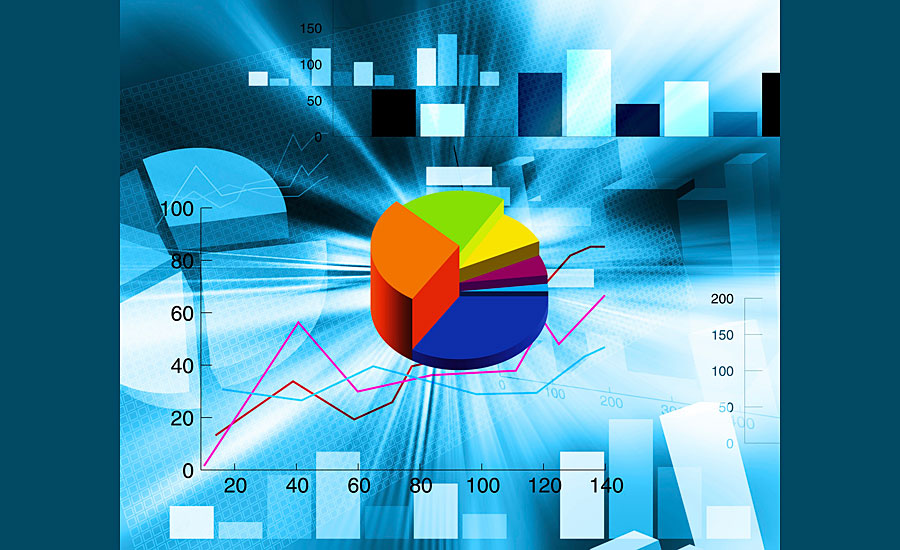Study Predicts Growth in Market for Anti-Foaming Agents

PUNE, India — According to a study by Brand Essence Market Research and Consulting, the increasing use of anti-foaming agents in the bioprocess market and higher adoption of water-based formulations over solvent-based formulations are the key factors driving growth in the global market for anti-foaming agents. The report values the global anti-foaming agents market at $5563.03 million in 2018 and expects the market to reach $8644.87 million by 2025, anticipating a compound annual growth rate of 6.51% over the forecast period.
Anti-foaming agents are chemical flavors that minimize and stop the formation of foam. They are mainly used in industrial process liquids to reduce the formation of foam, which is a major problem faced while developing coatings and printing inks. Foams cause defects in surface coatings, inefficiency in the processing, storage instability, and other losses. Anti-foaming agents have high surface-active properties and low viscosity. The global anti-foaming agents market is mainly driven by continuously expanding applications in the chemical industry and an increase in demand from emerging economies. In addition, environmental concerns and regulatory guidelines regarding release of effluents through different industries, as well as control of VOC emissions, are other factors expected to support market growth.
North America is anticipated to capture the highest share of the anti-foaming agents market, closely followed by Asia-Pacific, which is also anticipated to record the highest growth rate during the forecast period. In Asia-Pacific, the growing demand for anti-foaming agents by China and India is expected drive growth, owing to industries such as beverages, pharmaceuticals and others. The market for anti-foaming agents in most of the developed countries has almost reached maturity. However, European-based companies like Struktol are still active in the development of anti-foaming agents to meet a wide range of requirements and applications, while having an insignificant effect on the production cycle itself. These products comply with European regulations for use of anti-foaming agents during food production and processing, in compliance with restrictions. The market is expected to grow steadily even in the developed regions within the forecast period.
The market report is segmented on the basis of type, application, and region and country. Based upon type, the market is classified as water-based, oil-based, silicon-based and others. Based upon application, the market is classified into paper and pulp, oil and gas, paint and coatings, water treatment, food and beverages, detergents, pharmaceuticals, textiles, and others. The regions covered in the report include North America, Europe, Asia-Pacific and Rest of the World.
For more information about the report, Global Anti-Foaming Agent Market: Global Size, Trends, Competitive, Historical & Forecast Analysis, 2019-2025, visit https://www.brandessenceresearch.com/chemical-materials/anti-foaming-agent-market-share/.
Looking for a reprint of this article?
From high-res PDFs to custom plaques, order your copy today!






